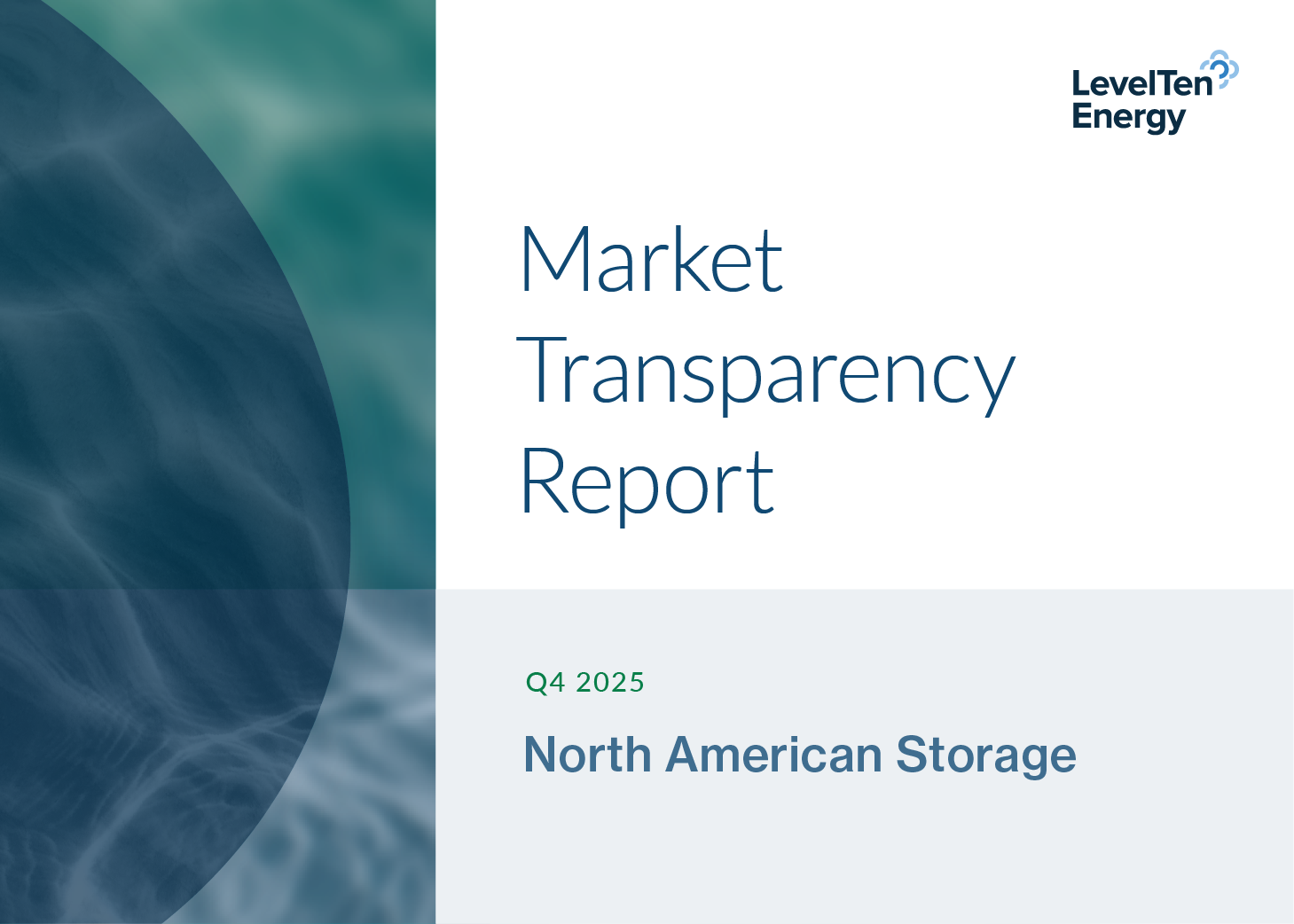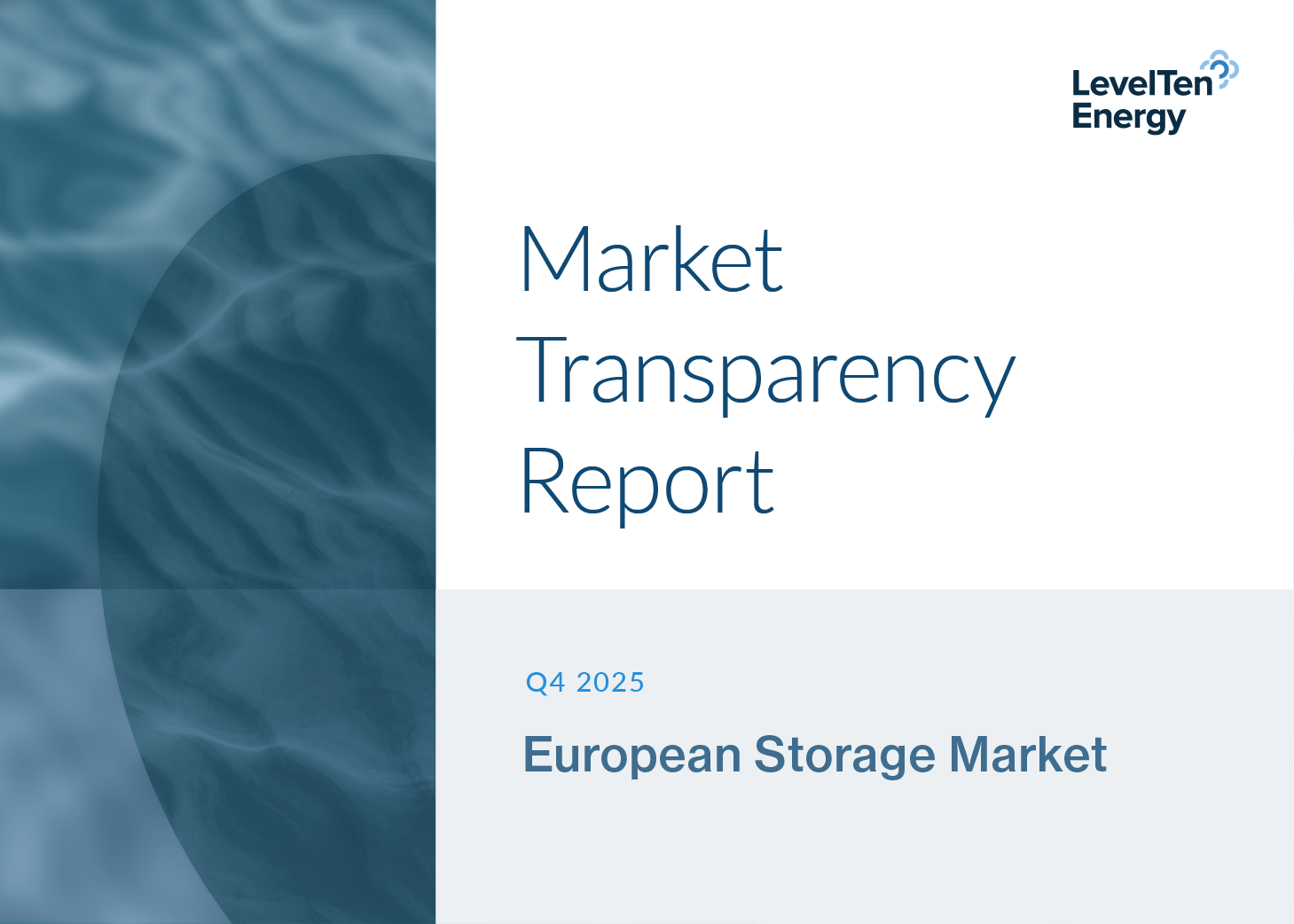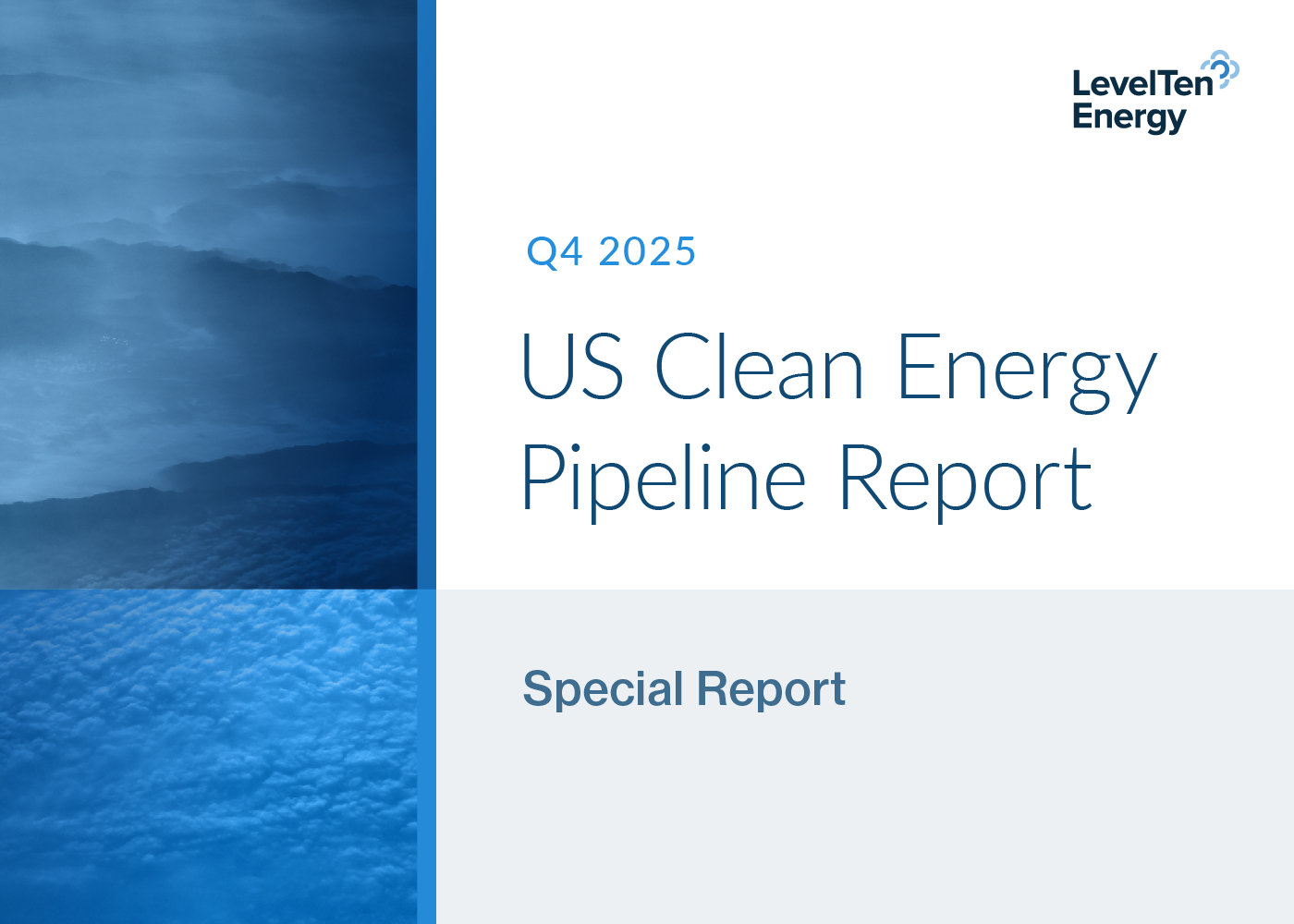Despite many headwinds, U.S. solar developers are building through adversity
U.S. solar developers are in uncharted waters. Between sky-high commodity prices, upstream ethical violations, transpacific political tensions, permitting issues, interconnection slowdowns, and a pandemic-induced supply chain squeeze, solar developers are navigating through a host of headwinds that threaten their success on a daily basis. If we are to adequately support the solar community, the best place to begin is with gaining a deeper understanding of the issues impacting their work.
Supply Chain Woes Strain the Most Fundamental Aspects of Project Build-Out
Let’s start from a global perspective. In our Q3 Developer Survey, we asked developers on the LevelTen Platform what they thought the biggest barriers were to achieving the DOE’s goal of 40% solar by 2035. After permitting and interconnection challenges, “solar supply chain challenges and constraints” ranked as the third-most common answer, with 50% of respondents flagging this as a key issue. This is with good reason — according to a recent WoodMackenzie analysis, U.S. utility-scale solar prices rose this year for the first time since 2014, an increase almost entirely due to supply chain complications and other constraints on project inputs.
Shipping costs have risen significantly in recent months as global consumption surges once again. Shipping containers are limited, ports are understaffed, and seafarers to run shipping vessels are scarce as well. These pandemic-related constraints are causing the cost of shipping to rise to rates many times above pre-pandemic levels, and developers are having to eat some of these costs. What’s more, the price of steel has more than doubled since early 2020, adding significant additional expenditure to an essential component for solar racking.
But polysilicon itself has become a central issue for a number of reasons. Polysilicon prices have risen 338% in the last 16 months, caused in part by a shortage of supply that occurred after Chinese firms expanded their production and were able to offer lower-priced polysilicon that pushed other Chinese and South Korean manufacturers out of the market — leading to an overall reduction in global polysilicon output. But a far more important and pressing issue came to light earlier this year when it became known that a large portion of the polysilicon supply chain in China’s Xinjiang Province was produced by members of China’s Uyghur Muslim minority who were being subjected to forced labor conditions. The fallout from these revelations was extensive: The U.S. government sanctioned several Chinese polysilicon producers, and warned U.S. businesses that doing business, even unknowingly, with unethical Chinese producers could result in legal action. Considering that 45% of the world’s polysilicon supply comes from Xinjiang, these events created even more of a shortage in an already strained PV supply chain. In our Q3 survey, the majority of developers said they were incorporating anti-forced labor provisions into module supply contracts, and 30% said they were finding new module producers in response to these forced labor issues.
The combination of macroeconomic shipping and commodity pressures, combined with a necessary realignment of where the solar industry sources its polysilicon, places an immense amount of financial and logistical pressure on solar firms. To make matters worse, some Chinese solar panel manufacturers recently stopped shipping panels to the U.S., citing concerns over proposals to impose higher import tariffs on the southeast Asian countries from which they export. Some Chinese manufacturers have set up limited operations in Vietnam, Malaysia, and Thailand while keeping the majority of their production in China in order to circumvent existing U.S. tariffs on Chinese components. An anonymous group of U.S. PV component manufacturers are lobbying for new tariffs on exports from these countries, citing unfair competition. The reduced flow of components resulting from these tensions has caused multiple U.S. solar developers to pause construction of projects because they can’t assure the continued provision of panels. In a stressed global PV supply chain, new factors continue to emerge that exacerbate the situation.
Securing Inventory Grows Increasingly Challenging Amid Supply Squeeze
Back home, this supply chain turmoil is having trickle-down impacts on supplier contracting for U.S. solar developers. Unprecedented volatility in contract pricing is creating a chaotic environment for developers looking to secure the necessary components for their projects. A year ago, a 60-90 day hold for a bid on a suite of PV modules was standard. A hold below 30 days would have been seen as quite aggressive. Because of the extreme scarcity in today’s market, these offers are barely being held for 24 hours before being passed on to the next bidder. These sorts of timelines are truly unheard of — especially as a security deposit must be placed within these timeframes, and to do so, developers must have confidence that the project the modules are intended for will actually come through. This new, hyper-competitive contracting environment is inherently favoring larger development shops with more capital and a larger portfolio of projects, since any modules acquired can be passed on to other development assets if the project they were originally intended for is for any reason shuttered. For smaller firms, the bar for securing supply has never been higher.
There are reports of even more extreme contracting dynamics playing out due to these equipment supply constraints. Even for developers with long-term supply contracts, suppliers have so little inventory that they’re not only delaying deliveries, but are also telling developers that raising their contract price will allow them to be prioritized when supply finally does come through. In these uncharted waters, suppliers have so much of an upper hand that what would normally be seen as a mark against them is now being used as a bargaining chip to renegotiate contract prices. These dynamics are making developers hesitant to commit to PPA prices, and are certainly contributing to the rise in solar PPA prices.
Permitting Complexities a Universal Development Hurdle
In addition to this tangle of supply-related obstacles, permitting is also a key challenge for U.S. solar developers. In our Q3 Developer Survey, more than half of respondents cited “permitting challenges” as a key issue impacting their operations. This should come as no surprise. Permitting for renewable developers means navigating a gauntlet of local councils, intervenors, and a patchwork of town, county, state, and federal-level regulations. When developers say “each project is a snowflake,” they really do mean it, and permitting is a primary driver of these sentiments.
The varying degrees of awareness and endorsement of renewable economics throughout U.S. jurisdictions creates a patchwork of regulatory environments and public sentiments developers must engage with on a case-by-case basis. This distinct lack of uniformity amongst local and regional agencies creates a tremendous amount of uncertainty in the permitting stages of project development, and most often, developers can’t know local attitudes towards, or knowledge of, the economic and environmental benefits a project can bring local communities until they’re at town hall meetings. What’s more, NIMBY-ism is a prevalent issue across the country, and overcoming misconceptions and propaganda around renewable development can be a real obstacle in some environments. This highly inconsistent political and ideological landscape makes for a deeply uncertain permitting phase for project developers, and anti-renewable political gamesmanship that is all too commonplace in certain regions create further headwinds for developers to overcome.
Interconnection bottlenecks are also growing in many U.S. markets, and are dramatically slowing development timelines. My colleague Rob Collier recently provided extensive insight into this key issue, but it’s worth mentioning here as well to paint a full picture of the veritable obstacle course solar developers are asked to maneuver. The long — and growing — amounts of time developers are waiting for system impact study results to come back are adding even more uncertainty to project development, and make it even more difficult to sign offtake agreements with confidence.
Solar Developers Forge Ahead
U.S. solar developers are navigating a perfect storm of unprecedented supply chain issues and regulatory uncertainty. But despite these significant challenges, developers are forging ahead and continue to pursue projects. They do so not only because they know the value proposition of renewables competes with traditional energy resources, but also because the development community maintains a long view on the importance of renewable build-out, and understands that expanding clean energy capacity is critical for achieving a reliable and sustainable global energy supply. Amid a sea of uncertainty, solar developers continue to be a ray of hope for achieving our ambitious — and urgent — climate and energy goals.
Read LevelTen Energy's Q3 2021 Price Index Reports to learn more about global solar supply chain challenges and their impacts on solar developers and PPA prices.






